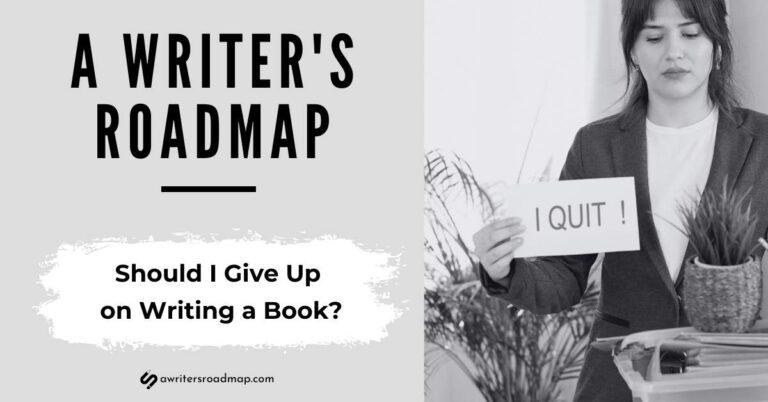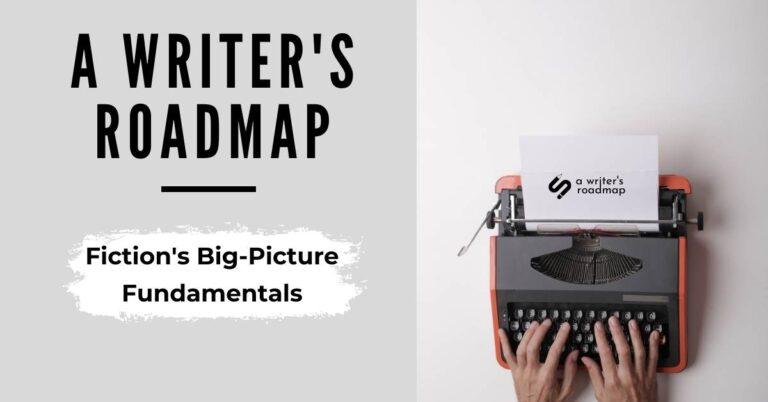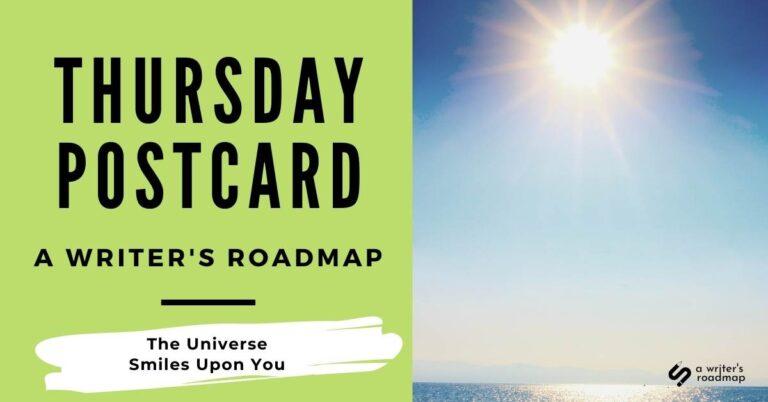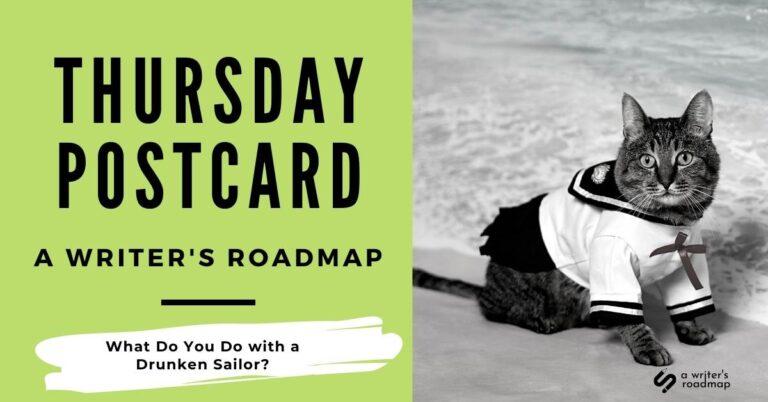In an hour
Manifestos are an excellent tool for getting clarity about your life, or about a particular aspect of your life…like writing. Writing a manifesto reminds you a) your experience is valid, and b) if you don’t know where you stand on something that matters urgently to you, how can anyone else?
What’s a manifesto, and why would you want one?
A manifesto states your beliefs about something. The US Declaration of Independence is a type of manifesto, and so is the aptly named Communist Manifesto. It can be long or short. It’s both personal and public.
A personal manifesto is not about the rest of your life, or about what happened before. It’s about right now.
The website 1000manifestos.com has examples of manifestos ranging from Martin Luther King’s I have a dream speech to actor Charlie Sheen’s 11-point “life manifesto” (which might be a joke) to Albert Einstein and Bertrand Russell’s dead serious “Notice to the world,” advocating the end of nuclear weapons and starkly defining the choice facing humanity: renounce war or become extinct.
Writing a personal manifesto can clarify your “why,” that essential first step to being able to carry through any long endeavor, like writing a book or founding a business or living a meaningful life.
Since this is a blog for writers, let’s look at some of the main issues writers face, where having a manifesto can help. Every writer I know has flailed around from time to time, having trouble with any or all of the following:
- Deciding what to write
- Mustering the impetus to start
- Deciding what form your creation should take (length, structure, etc.)
- Making time to work on it
- Getting to work when you sit down to write
- Stopping before you reach the point of diminishing returns
- Dealing with burnout from trying to write and work your day job and do other stuff
- Creating and maintaining momentum until you have a complete draft
- Revising that draft to bring it up to publishable quality
These are not small issues. In fact they probably make up a large part of what stops people from finishing books, stories, blog posts, screenplays, poems—you name it, writers have gotten bogged down on it.
A writing manifesto can be extremely helpful when you’re doubting yourself and doubting this writing thing. When you’re thinking that the time on energy you spend on writing could be better spent on other things, like your job or your friendships or your partner and kids, or your financial and emotional survival. Or when you need some courage to get back into the manuscript that’s turned into a bloodbath of bad decisions.
Why write a manifesto now?
Now is a good time for manifestos. The world is a volatile place. We need to remember who we are and what matters to us.
So if you’ve realized lately that you’ve been blindly striving in the cult of productivity, or been passive when you should have acted, or let bigotry and systemic inequity go unchallenged, writing a manifesto can give you a north star to guide your daily life.
Also, if not now, when? The idea that we’re going to live to old age is just an idea. If you’re stuck on something that feels integral to your well-being, as writing does for most writers, then you need to sort that out now, not five years from now.
Knowing where you stand on something that matters to you is the first and most essential step for engaging with that thing successfully.
Nobody else’s manifesto can be your manifesto, because nobody else is living your life.
Three steps to your manifesto:
You’ll need 40 minutes, paper, pen, scissors, and tape or glue. You will break your 40 minutes into three phases:
- Phase One: thinking (10 minutes)
- Phase Two: writing (20 minutes)
- Phase Three: revising (10 minutes)
You will employ restrictions to produce a draft in a limited time, which is what writing always comes down to.
First restriction:
The manifesto form itself. Make it a short one. You’re aiming for ten to twenty declarative sentences in a particular order that flows well and makes sense. A declarative sentence is something like: “Walking is never a waste of time.” Or (from The Typewriter Revolution Manifesto) “We affirm the written word and written thought against multimedia, multitasking, and the meme.” Look at some of the manifestos on 1000manifestos.com to get a sense of the variety and scope short manifestos can have.
Second restriction:
The time frame (forty minutes). Ten minutes to think, twenty minutes to write, ten minutes to revise. Between the phase two (writing) and phase three (revision), you can put it away for a day or two if you like, but you don’t have to.
Third restriction:
Make this manifesto a collaboration between you now, the age you are, and yourself as a kid. Pick an age when you knew what you liked doing and saw no reason why you shouldn’t do it. Good ages might be seven, ten, or twelve, but any age could work. Think about what mattered to you at that age. What did you know or see clearly about the world and yourself that you were talked out of, somehow, as your life progressed?
Fourth restriction (optional but potentially lifesaving):
Pick five words at random from the nearest book, sign, or website and write them down.
1. Begin Phase One—Thinking
Set a timer for 10 minutes. Brainstorm / bullet point a list of your values, thoughts, and passions around your writing life or the topic of your manifesto. This is mostly thinking, though it does involve writing down your thoughts. But it’s generative writing–brainstorming. You are not censoring yourself or trying to make sense. There is no idea too stupid. There is nothing too ‘out there.’ Take dictation from your child self and your now self. Maybe as a kid you liked stories about dragons. Write “Stories about dragons are cool.” Just open the channel and take whatever comes through. When the timer goes, STOP. You can take a short break or go straight to phase two.
2. Begin Phase Two—Writing
Set a timer for 20 minutes. Focus on what this manifesto is about (i.e., your writing life). Use your bullet points from Phase One and write complete sentences on a piece of paper, leaving half an inch or so of white space between each sentence. When you write these complete sentences, focus on the now. It can be tempting to write something like: “I will finish my novel this year.” But that’s not a manifesto sentence. A manifesto sentence is more like, “My novel matters more to me than my job.” That doesn’t mean you’ll quit your job to write the novel, it means that when you need to choose between really killing it at work and perhaps easing off so you can leave on time, you’ll choose to leave on time.
If you are having trouble starting a sentence, use one of the five random words you culled in the preparation phase. Anyone can make a sentence if they are given a word, and you will be surprised at how interesting those sentences can be. Or if your Phase One points need fleshed out, think about your Who, Why, and What. Who are you? Why does writing matter to you? What do you know works, or used to work, in your writing life?
It’s just a draft.
Remember, they don’t have to be good sentences. Put them on the page any old how. It’s a draft.
Once you have your sentences written down, cut up the piece of paper so that each sentence is on its own strip. Lay the strips of paper on a flat surface and move them around, aiming for a good flow and progression—from the small to the large, from the particular to the universal, from the fact to the opinion flowing from that fact, from the child to the person you are now.
When the timer goes, stop moving the strips around. Type or write the sentences out a second time, in the new order. If you’re using a computer, print it out.
Optional: You can put the sheet of paper in a drawer and leave it alone for a couple of days, or you can proceed to the Revision phase. I like to give drafts a rest because it’s a simple way to create distance and avoid unnecessary tinkering. But if you like your sentences the way they are and want to keep going, begin phase three.
3. Begin Phase Three—Revision
Set a timer for 10 minutes. Read your manifesto. If it feels right to you, write “My Writing Manifesto” or “My 2021 Manifesto” on the top and stick it somewhere you’ll see it on a regular basis. If it doesn’t feel right yet, work on it for ten minutes. Reorder, polish, cut, or add sentences. Don’t try to change it too much, just give it a fluff and fold, as they say in the laundry business.
When the timer goes, stop and call it done.
Now you have a manifesto.
It probably won’t be perfect, but you might find it surprisingly helpful when you need some perspective on your writing life, or need to make a decision about what to do with your life in general.
What to do with your manifesto:
- Look at it regularly
- Whenever someone gets in your way around writing or around your personal boundaries & convictions, take it out and speak the sentences to them in a powerful voice. You and they will know exactly where you stand.
Take an hour and write your manifesto today.












